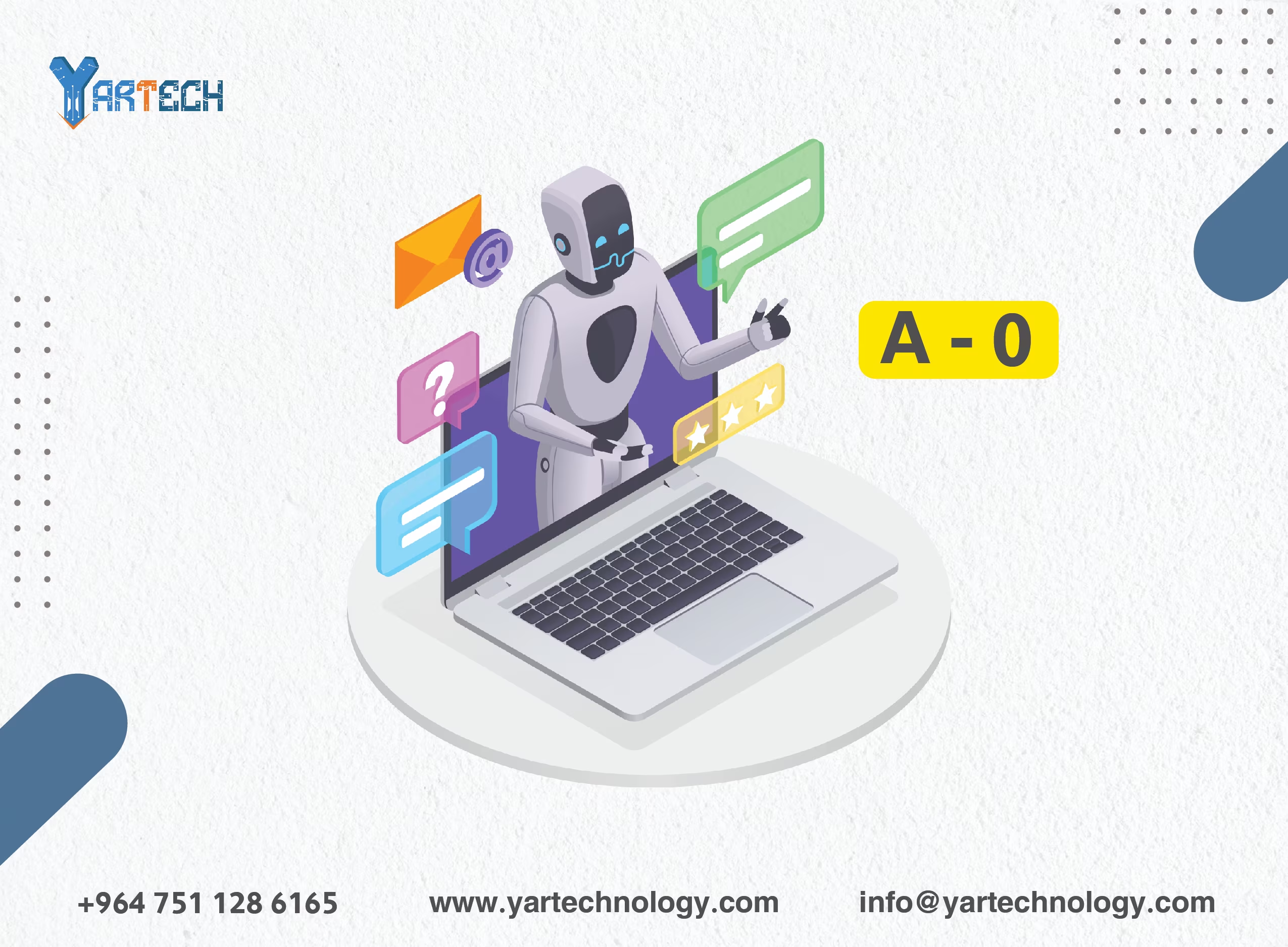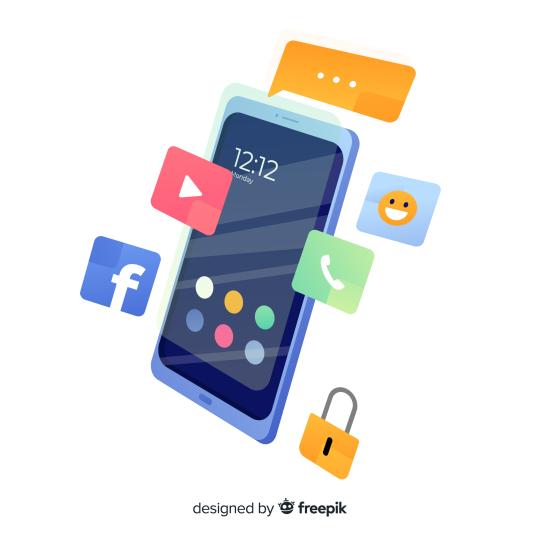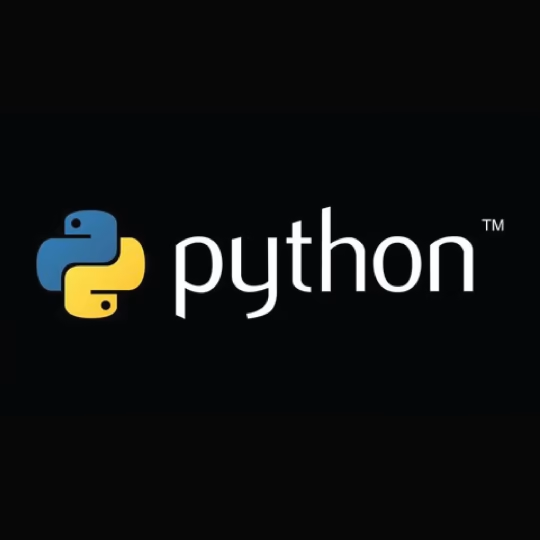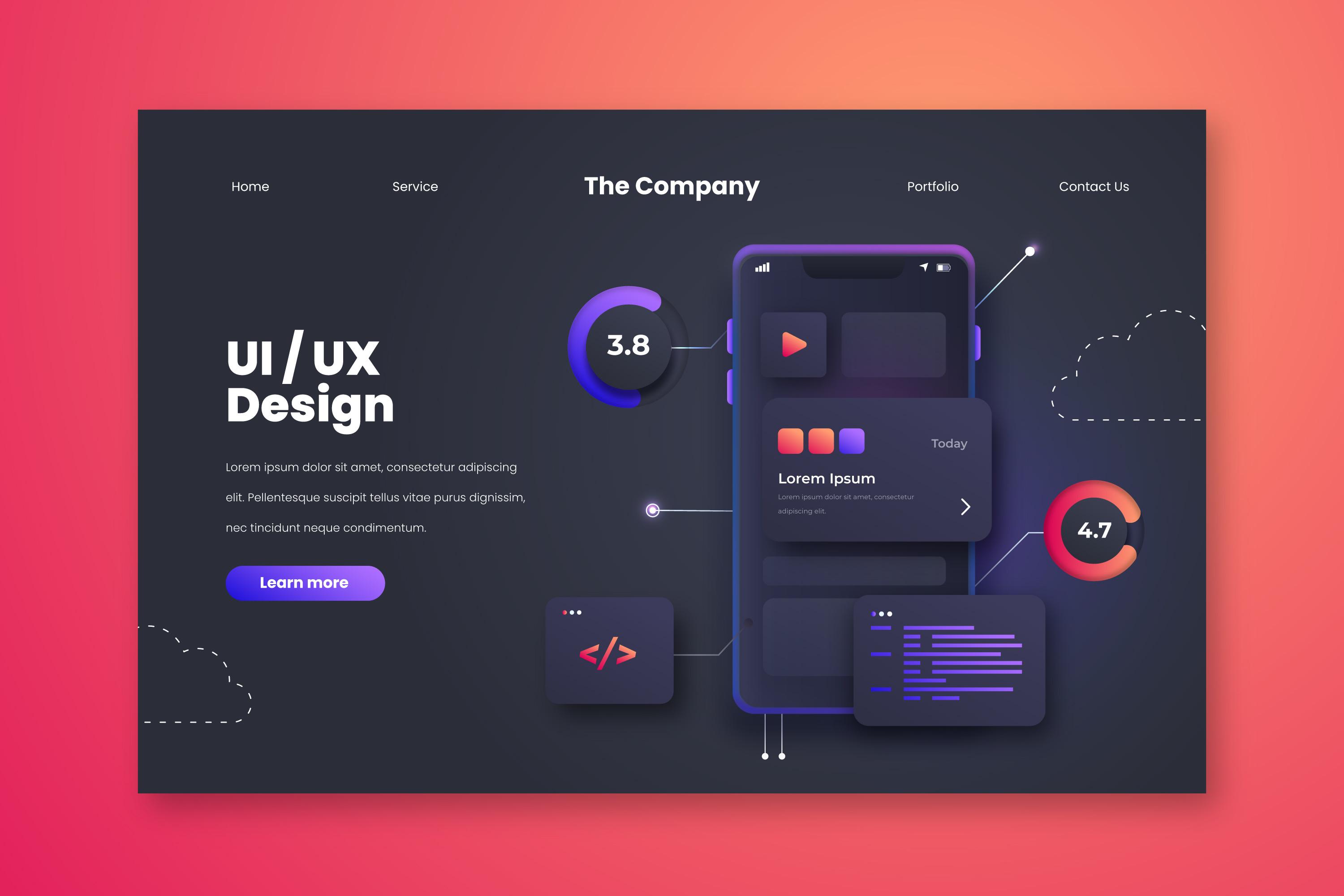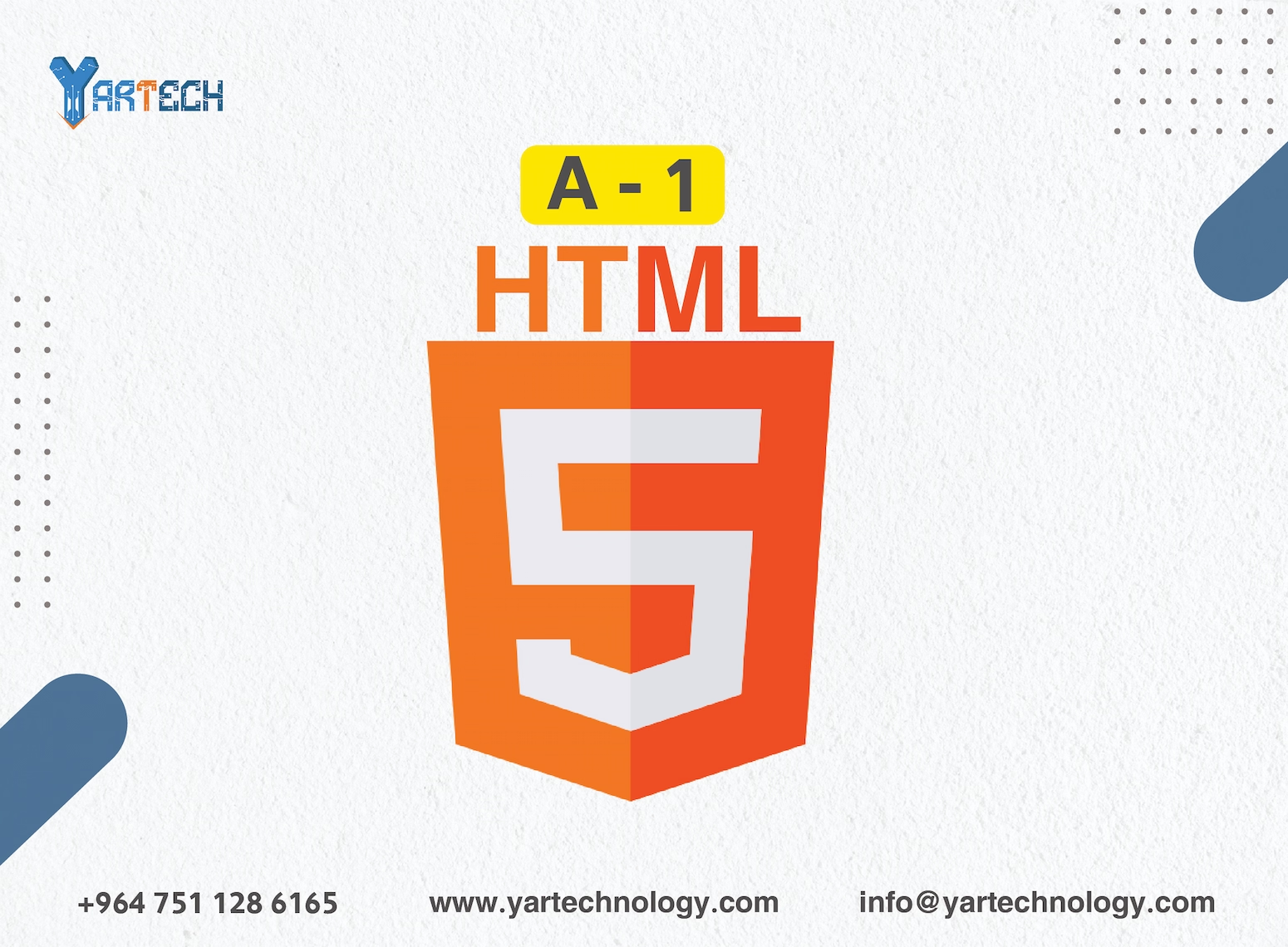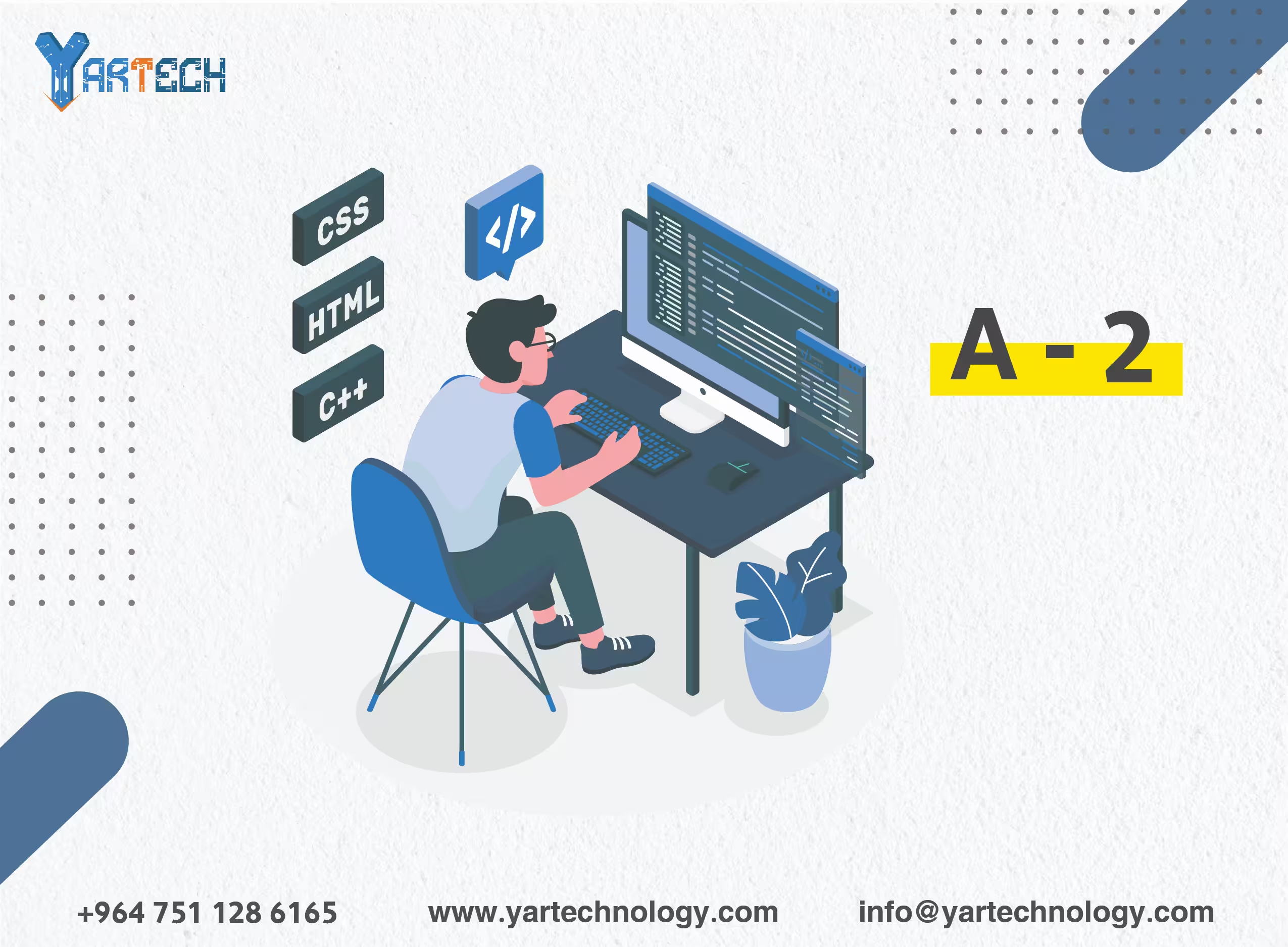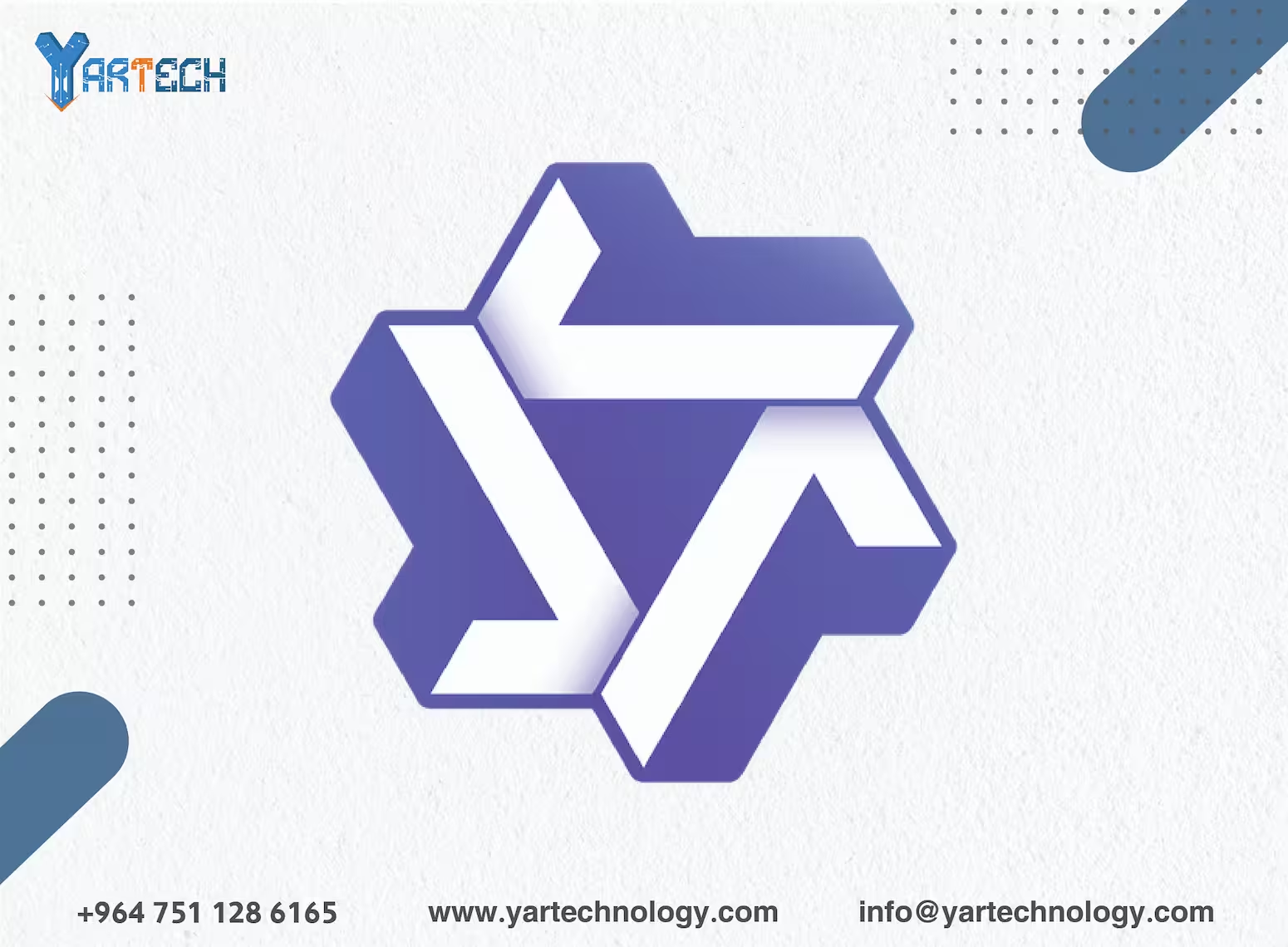Why is Python Good for Beginners?
Lesson Two: Introduction to the Python Programming Language
Learn Python
January 31, 2025
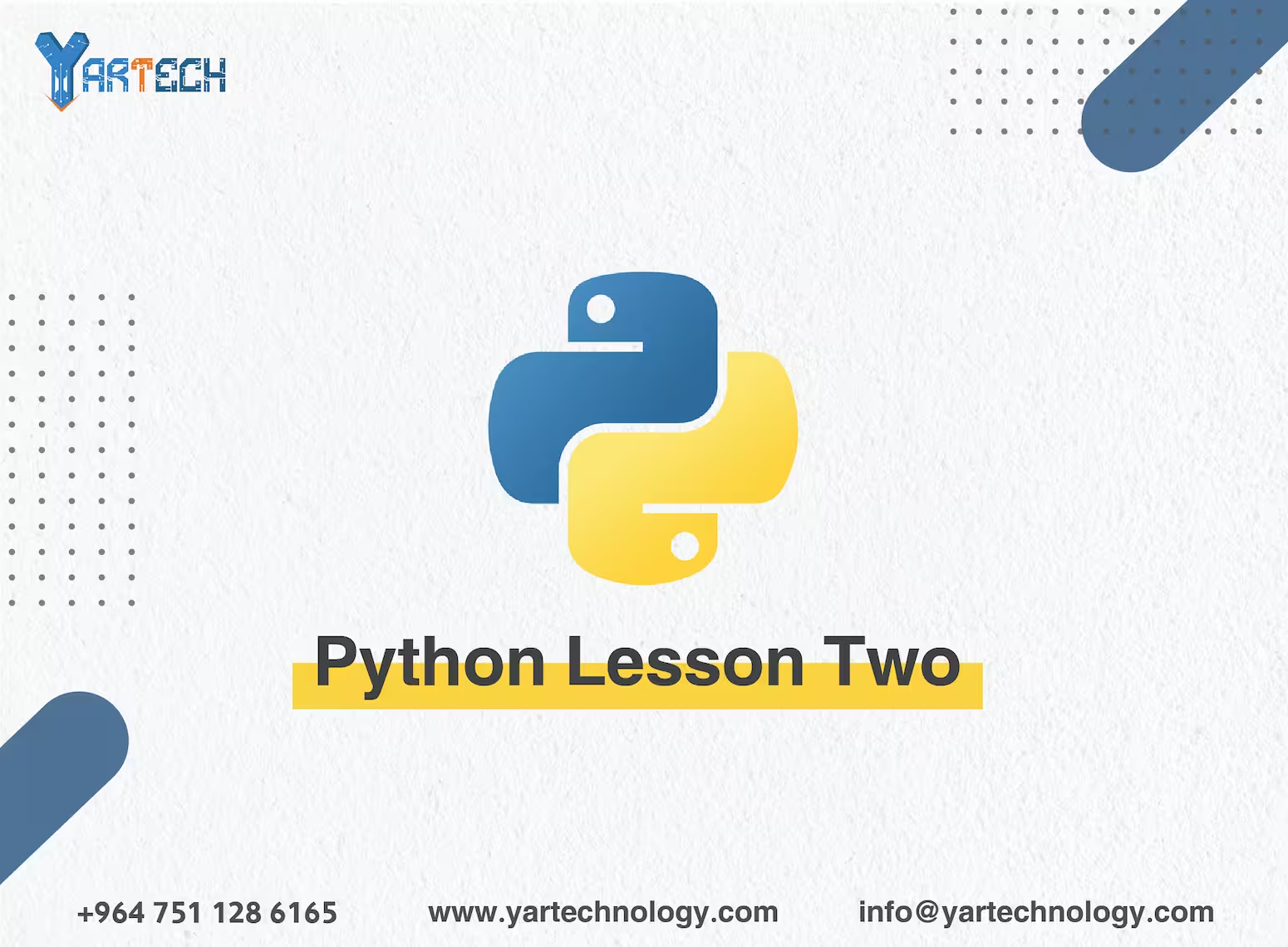
Lesson Two: Introduction to the Python Programming Language
Welcome to the second lesson in our Python learning series! In this lesson, we will explore more about what Python is and why it is considered one of the most popular programming languages. We will also discuss some basic concepts that will help you understand how this language works and how it can be a powerful tool for software development.
What is Python?
Python is a high-level programming language developed by Guido van Rossum in the early 1990s. Python is known for its simple syntax and readability, making it an ideal choice for beginners who want to enter the world of programming. Additionally, it is widely used in many advanced fields such as data analysis, artificial intelligence, web development, and task automation.
Why Python?
-
Ease of Learning and Reading:
Python relies on a clear and simple structure that resembles the English language, making it easy to understand even for beginners. -
Large and Supportive Community:
There is a vast community of developers offering support through forums and websites like Stack Overflow and Reddit. -
Extensive Libraries:
Python has ready-made libraries covering a wide range of fields, such as:- NumPy and Pandas: For data analysis.
- TensorFlow and PyTorch: For machine learning and artificial intelligence.
- Django and Flask: For web application development.
-
Versatility:
Python can be used for:- Web application development.
- Automating daily tasks.
- Data analysis and artificial intelligence.
- Game development using the Pygame library.
Why is Python Good for Beginners?
-
Simple Syntax:
Python doesn't require a lot of complex symbols like excessive brackets or semicolons. The syntax is close to natural language.
print("Hello, World!")This simple code prints "Hello, World!" on the screen. As you can see, it's clear and straightforward!
-
Compatibility with Different Systems:
Python runs on different operating systems like Windows, macOS, and Linux without needing significant modifications. -
Support for Interactive Learning:
You can write commands directly in the Python interpreter and see the results immediately, which helps with experimentation and learning.
Tools You Need to Get Started with Python
1. Installing Python
To start programming with Python, you need to install its interpreter. You can download the appropriate version for your operating system from the official website: python.org .
2. Integrated Development Environment (IDE)
There are several options for writing and running code:
- IDLE: Comes with Python installation and is suitable for beginners.
- VS Code: An advanced program that supports many extensions to enhance the programming experience.
- PyCharm: A professional IDE with advanced tools.
3. Understanding the Basics
Before diving into complex projects, you should have an idea of the basic concepts like:
- Variables: For storing data.
- Conditional Structures: Such as
ifandelsefor decision-making. - Loops: Such as
forandwhilefor iteration. - Functions: To organize and reuse code.
Practical Examples for Practice
1. Printing a Welcome Message
print("Welcome to the world of Python!")This simple program prints a welcome message on the screen.
2. Defining and Using Variables
name = "Ahmed"
age = 30
print("My name is", name, "and I am", age, "years old.")This code shows how to store data in variables and then print them.
3. Performing Arithmetic Operations
x = 10
y = 5
print("Sum:", x + y)
print("Difference:", x - y)
print("Multiplication:", x * y)
print("Division:", x / y)This program performs basic arithmetic operations.
4. Checking Even and Odd Numbers
number = int(input("Enter a number: "))
if number % 2 == 0:
print("The number is even.")
else:
print("The number is odd.")This program asks the user to input a number and checks whether it is even or odd.
5. Using a for Loop to Count
for i in range(1, 6):
print(i)This code prints numbers from 1 to 5 using a for loop.
6. A Simple Calculator
num1 = int(input("Enter the first number: "))
num2 = int(input("Enter the second number: "))
sum = num1 + num2
print("The sum is:", sum)This program adds two numbers and displays the result.
Tips to Improve Your Python Skills
-
Daily Practice:
Try writing code every day, even if it's simple. -
Reading Other People's Code:
Benefit from open-source code on GitHub to learn new techniques. -
Solving Coding Challenges:
Websites like HackerRank and LeetCode offer challenges that help improve your skills. -
Joining Programming Communities:
Participate in forums and programming groups to exchange ideas and experiences. -
Continuous Learning:
Programming is an ever-evolving field, so keep updating your knowledge with the latest technologies.
Conclusion
In this lesson, we provided you with a comprehensive overview of Python and why it is considered an ideal language for beginners. You also learned some practical examples that you can start working on right now. In upcoming lessons, we will delve deeper into the fundamental concepts and begin building small but fun projects.
Keep practicing and don't hesitate to ask questions if you need help. Programming is a fun journey, and Python is a great companion on this journey! 🚀
Comments
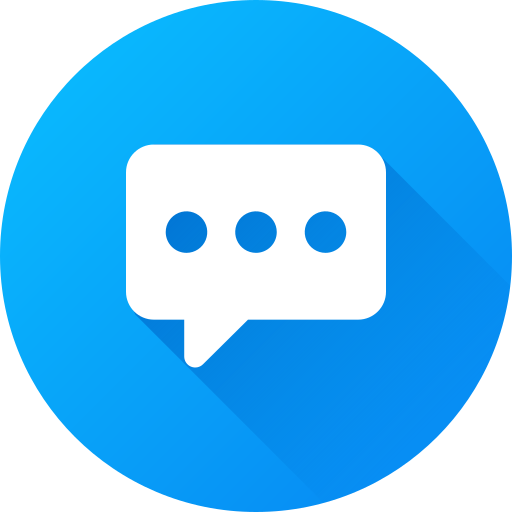
There are no comments
Please login to leave a review
